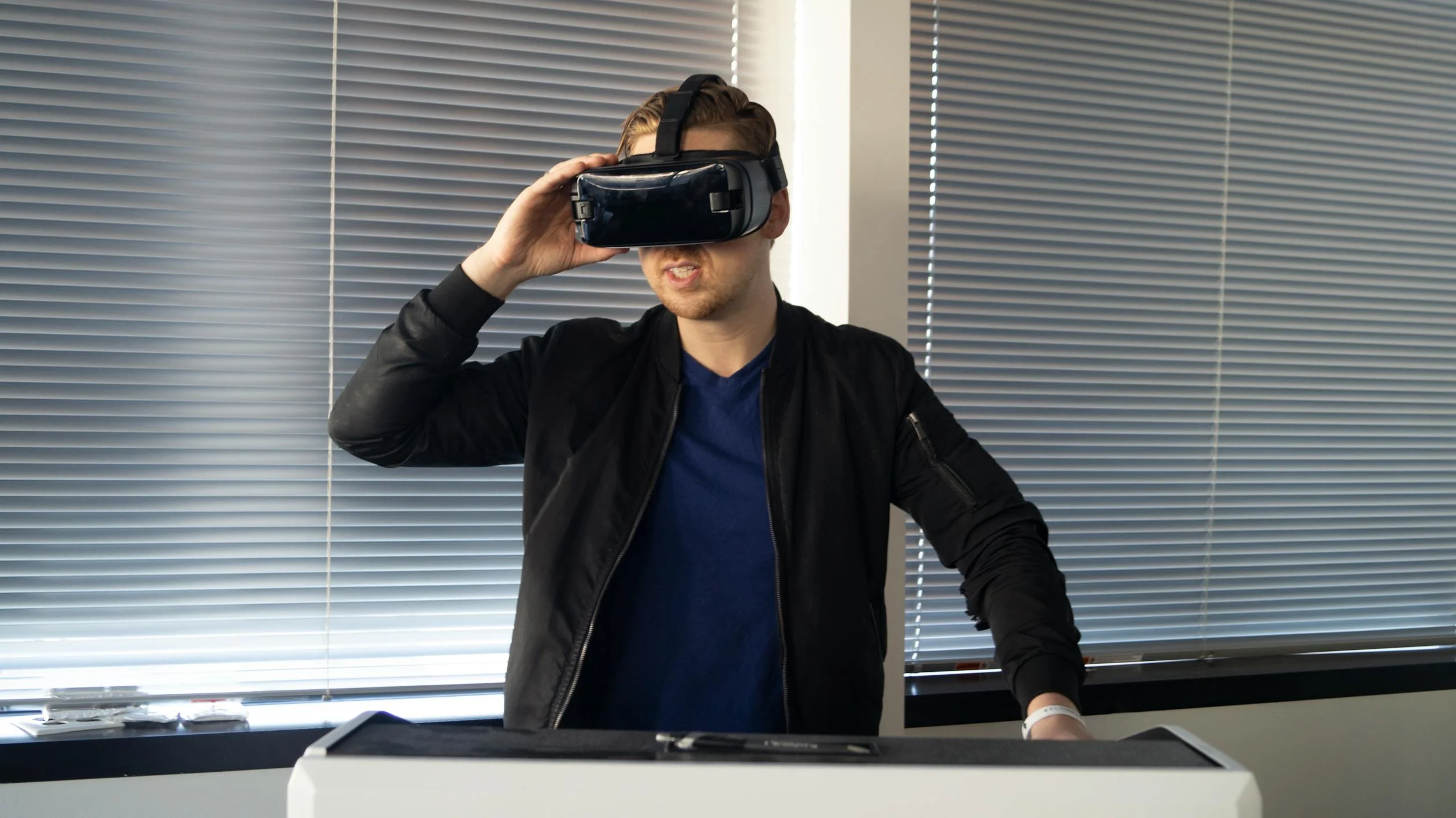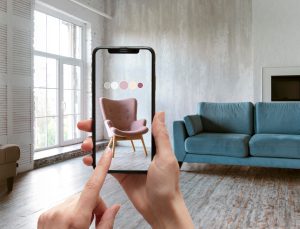
In recent years, the field of architecture has witnessed a groundbreaking integration of technology that has not only enhanced design processes but also revolutionized client presentations and project development. Among these technological advancements, Virtual Reality (VR) stands out as a game-changer, offering architects and clients a new realm of possibilities. This article delves into the multifaceted uses of VR in architecture, highlighting how it’s transforming the industry from conceptualization to the final stages of design.
The Role of VR in Conceptualization and Design
Immersive Visualization
VR technology allows architects to create immersive 3D models of their designs, enabling both the creators and clients to walk through virtual environments long before the first stone is laid. This immersive visualization goes beyond traditional 2D drawings and 3D models by offering a real-scale perspective of the project, which can significantly enhance understanding and decision-making processes.
Enhanced Collaboration
Collaboration among architects, engineers, designers, and clients is crucial for the success of any architectural project. VR facilitates a collaborative environment where stakeholders can interact with the virtual model in real-time, regardless of their physical location. This not only speeds up the feedback loop but also ensures that all parties are aligned with the project vision and modifications.
Design Iteration and Flexibility
With VR, architects can quickly iterate on designs based on client feedback or new ideas. This flexibility to modify and visualize changes in real-time significantly reduces the time and cost associated with physical mock-ups and rework. It allows for exploring various design alternatives without the constraints of traditional modeling methods.
VR in Client Presentations and Stakeholder Engagement
Enhanced Client Experience
Presenting designs through VR technology provides clients with a unique and engaging experience. It empowers them to fully understand and appreciate the design, fostering a deeper connection to the project. This immersive experience can also be a decisive factor in the approval process, as clients can better visualize the final outcome.
Stakeholder Engagement
Beyond client presentations, VR can be utilized to engage other stakeholders, such as future occupants or the general public, in the design process. By experiencing the space virtually, stakeholders can provide valuable insights and feedback that can be incorporated into the design, ensuring the project meets the needs and expectations of all parties involved.
The Future of VR in Architecture
Integration with Other Technologies
The future of VR in architecture is not just about standalone virtual experiences but its integration with other technologies like Augmented Reality (AR), Building Information Modeling (BIM), and Artificial Intelligence (AI). This integration promises to further enhance design accuracy, project management, and the overall architectural experience.
Sustainable Design and Analysis
VR also holds potential in promoting sustainable design practices. By simulating various environmental conditions and analyzing the performance of materials and designs, architects can optimize their projects for energy efficiency, sustainability, and occupant comfort.
Conclusion
VR in architecture is more than just a trend; it’s a transformative tool that is reshaping the industry. By offering immersive visualization, enhanced collaboration, and a platform for engaging stakeholders, VR is revolutionizing the way architects design, present, and develop projects. As technology continues to evolve, the possibilities for VR in architecture seem limitless, promising a future where virtual designs seamlessly transition into tangible realities.





